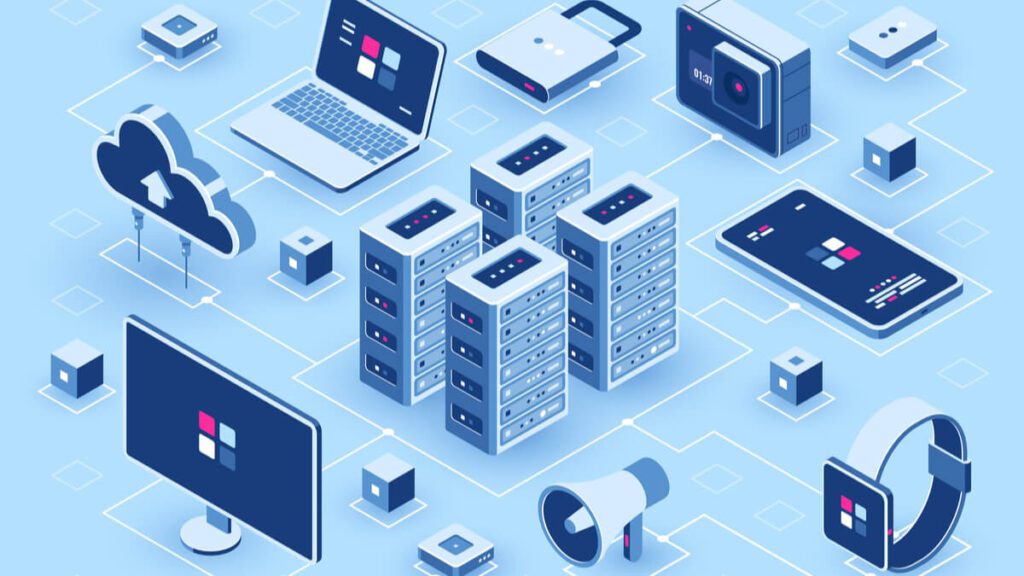
Edge computing is exactly what it says on the tin. Computing that takes place at the endpoint of an edge network, with the ‘edge’ being the end devices accessing the rest of the network, like phones and laptops. In other words, the very edge of a network.
Affiliated devices were connected to the nearest central data center, or the cloud. Now, in our increasingly digitizing society, the rise of IoT devices, 5G and the greater need for high speed and low latency connection, this method is revealing deficits.
In an IoT enabled smart factory, for example, every censor must be able to report, process, and react to any disruptions or mishaps in less than a millisecond. If a processor at an oil refinery is overheating, lag will be more than a nuisance.
The sheer amount of data being continuously transferred, and the nature of the work performed means the methods must evolve as well. The risk of slight latency, even momentarily, could mean trouble in a smart factory where over heating machines need to be shut down immediately, for instance, lest slow internet becomes the least of their concerns.
Enter the next logical step; multi access edge computing.
So, what is the difference between edge computing and multi access edge computing? Nothing, edge computing is an umbrella term that includes multi access edge computing, or MEC, which is an operating standard.
Not a strictly mandated standard, but one that most providers build around.
Multi access edge computing achieves the aforementioned by placing the environment were the cloud-capabilities are taking place as close as possible to the user, where the data is being generated.
The access points can be one of any number of things including cell towers, mobile base stations, central office base stations, routers, data centers, hot spots, switches, Wi-Fi access points and more.
This allows businesses to enjoy much lower latency, fewer data bottlenecks, faster processing, and better data performance while saving costs on storage. Overall, it reduces the load and response time to backend servers along the exact same infrastructure as the network itself.
Such versatility in connection is exactly the kind of framework needed to pave the way for the rise of 5G. Edge computing and 5G go together like French fries and salt. Imagine 5G, but all the processing happens locally. This would only increase the already ultra-high speeds, and super-low latency brought by the network that will enable the next generation of interactive electronic applications.